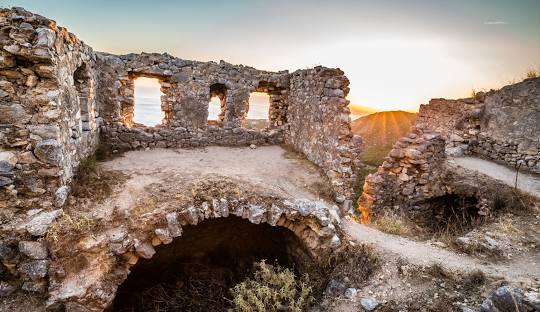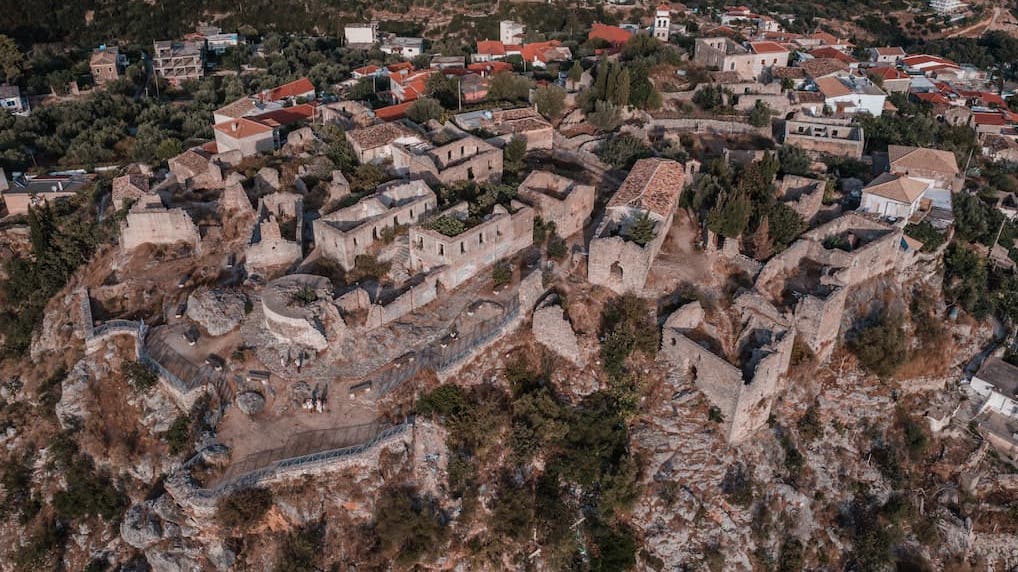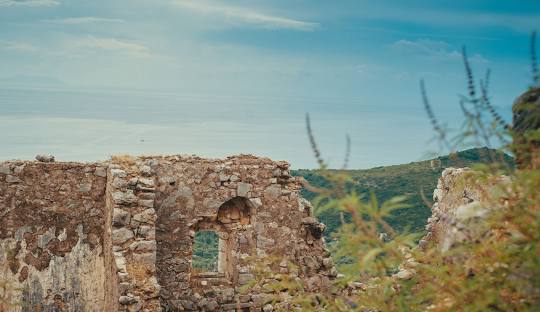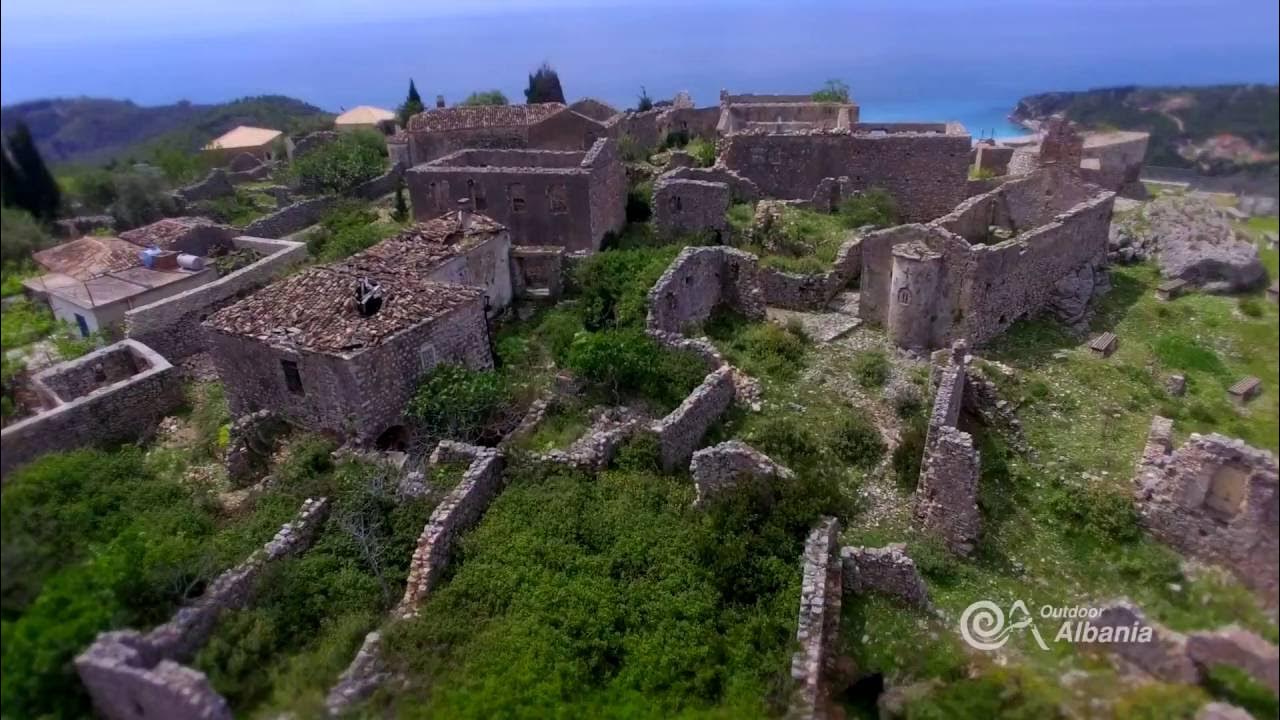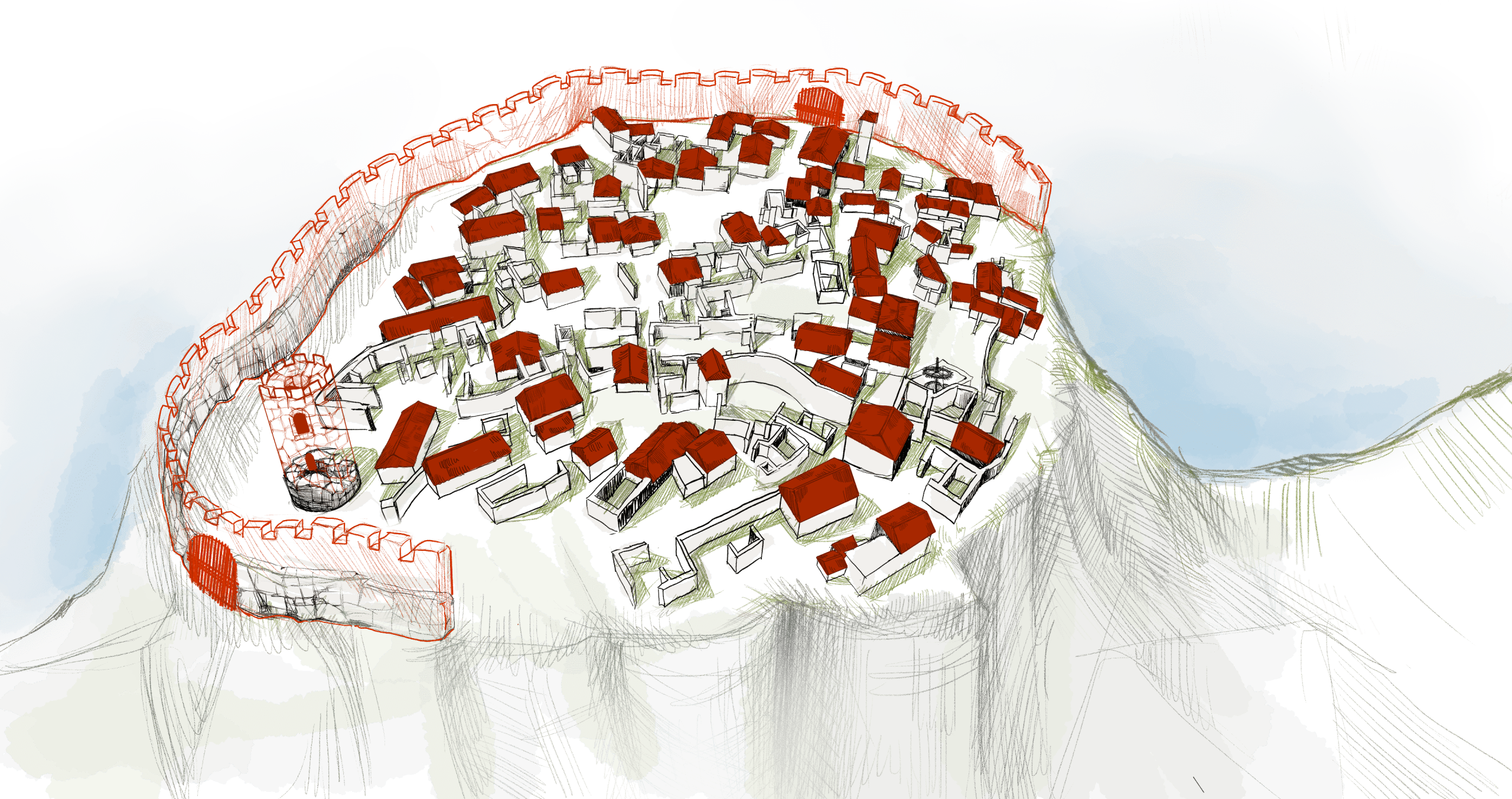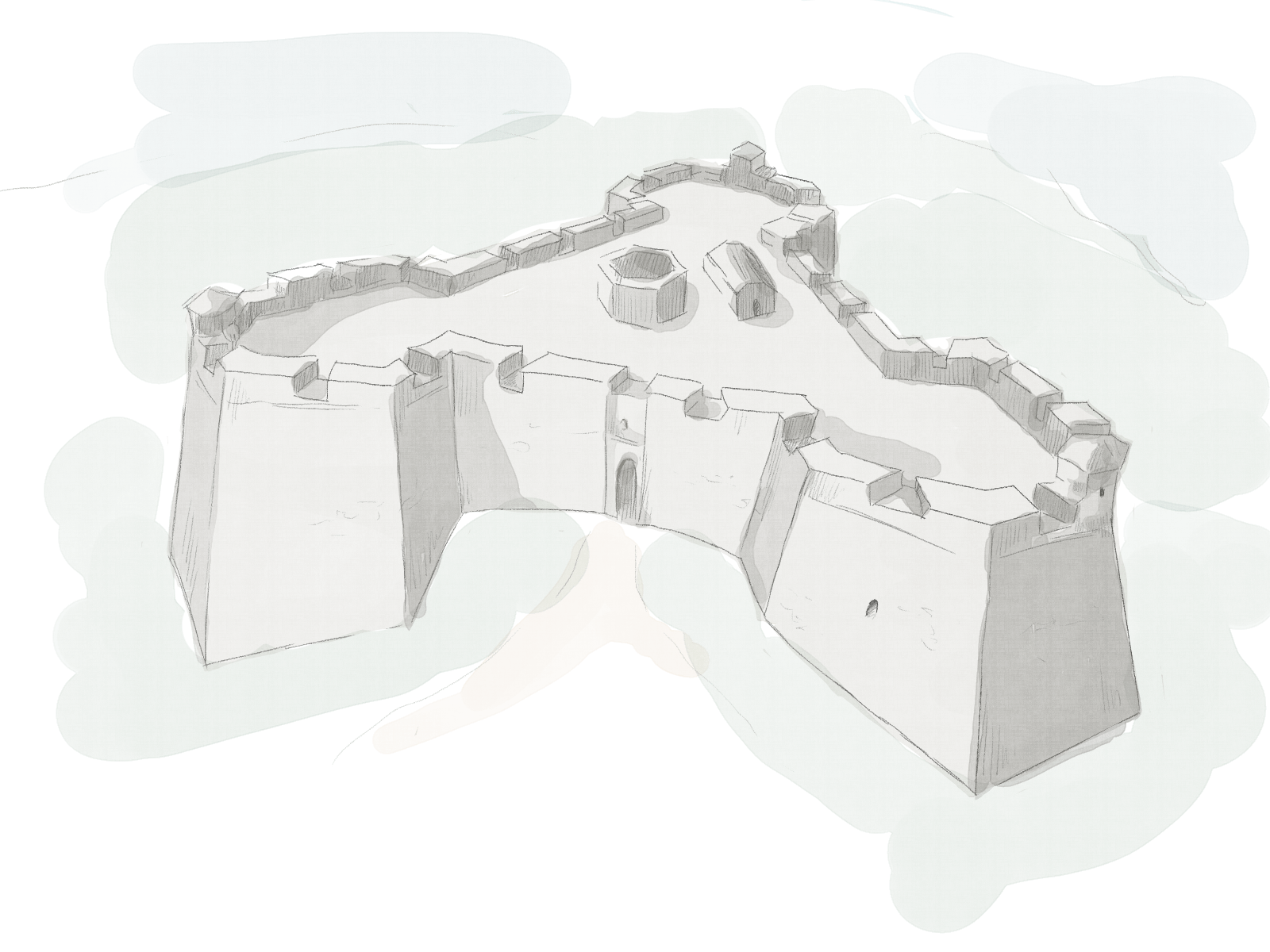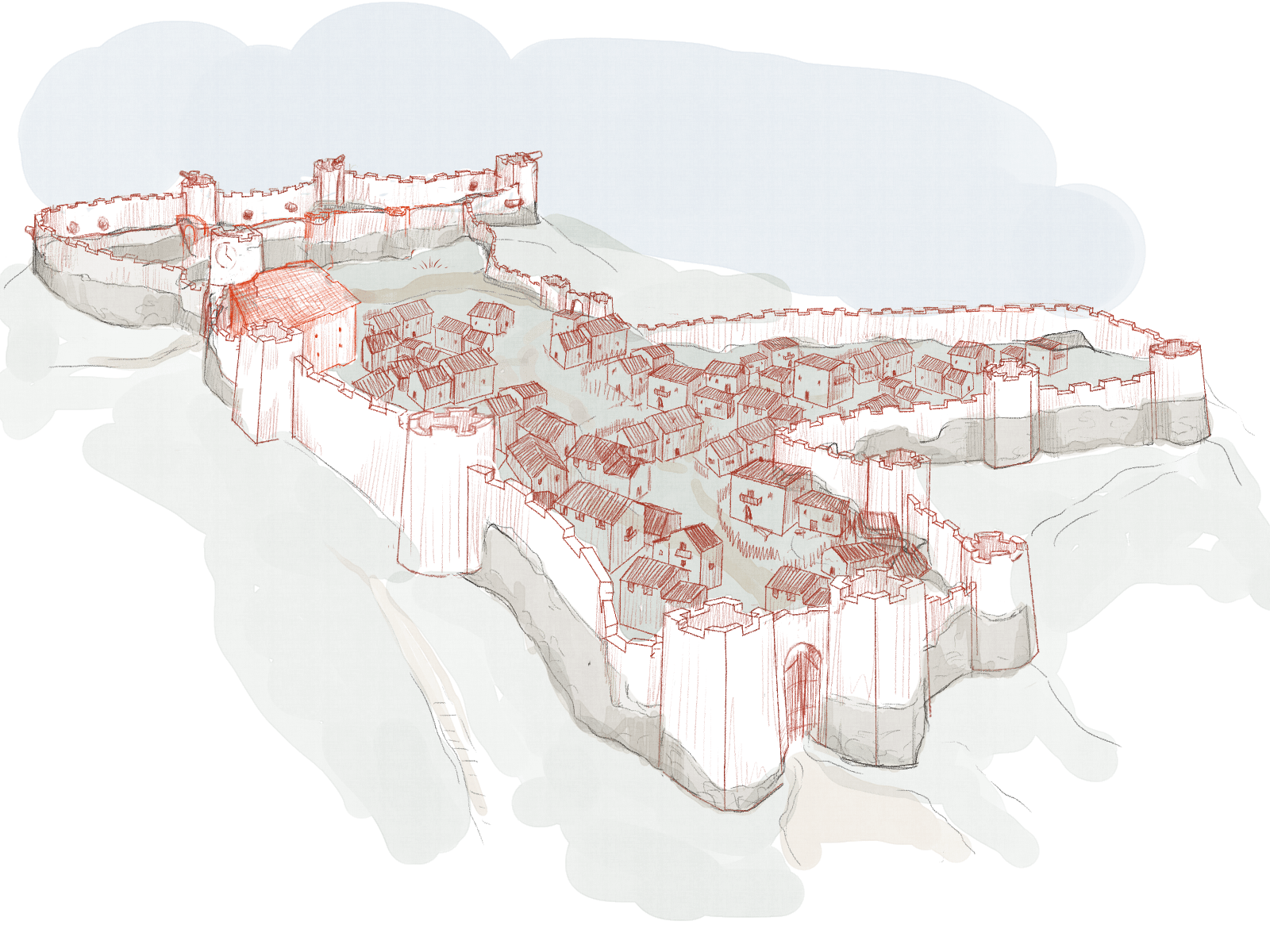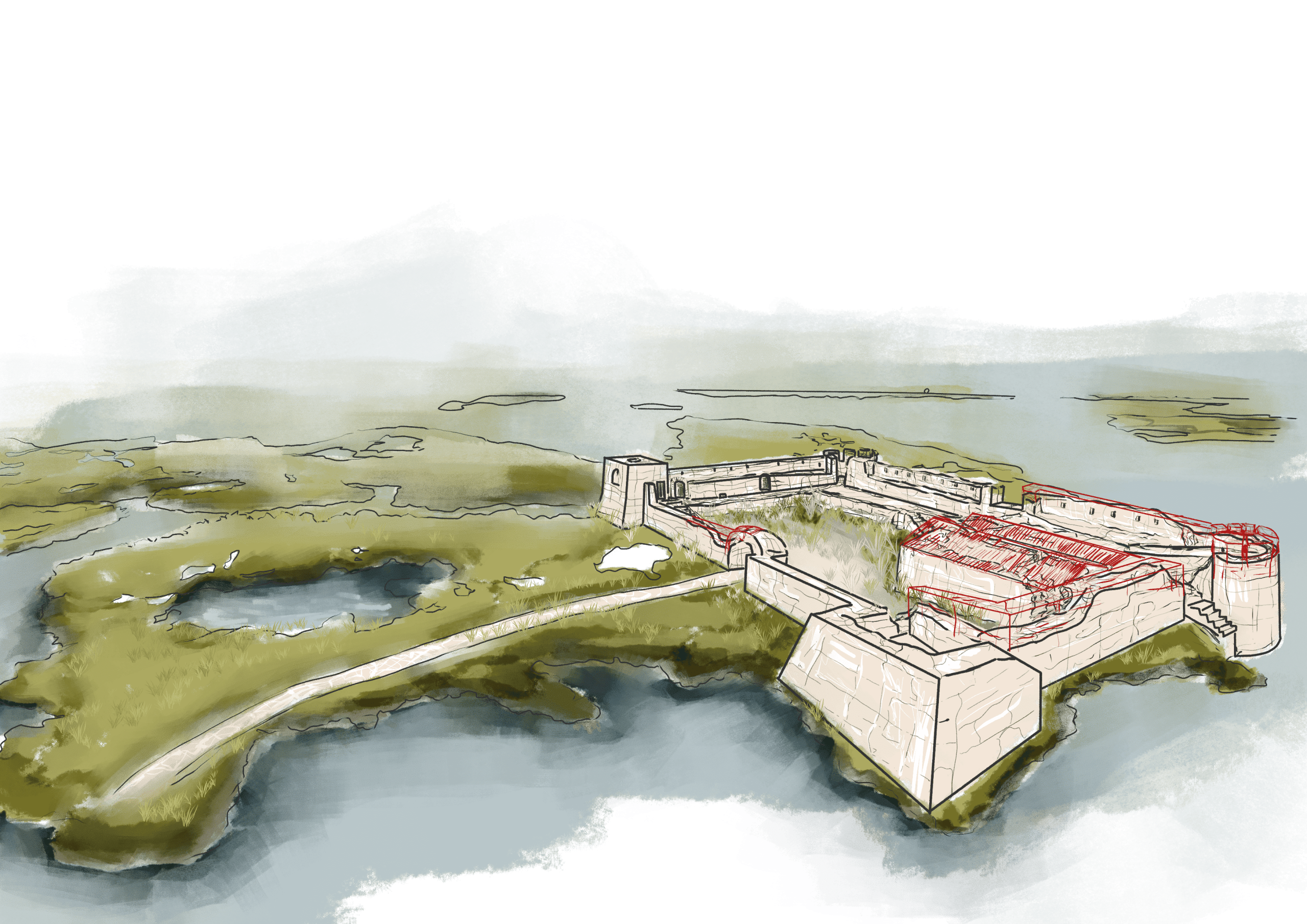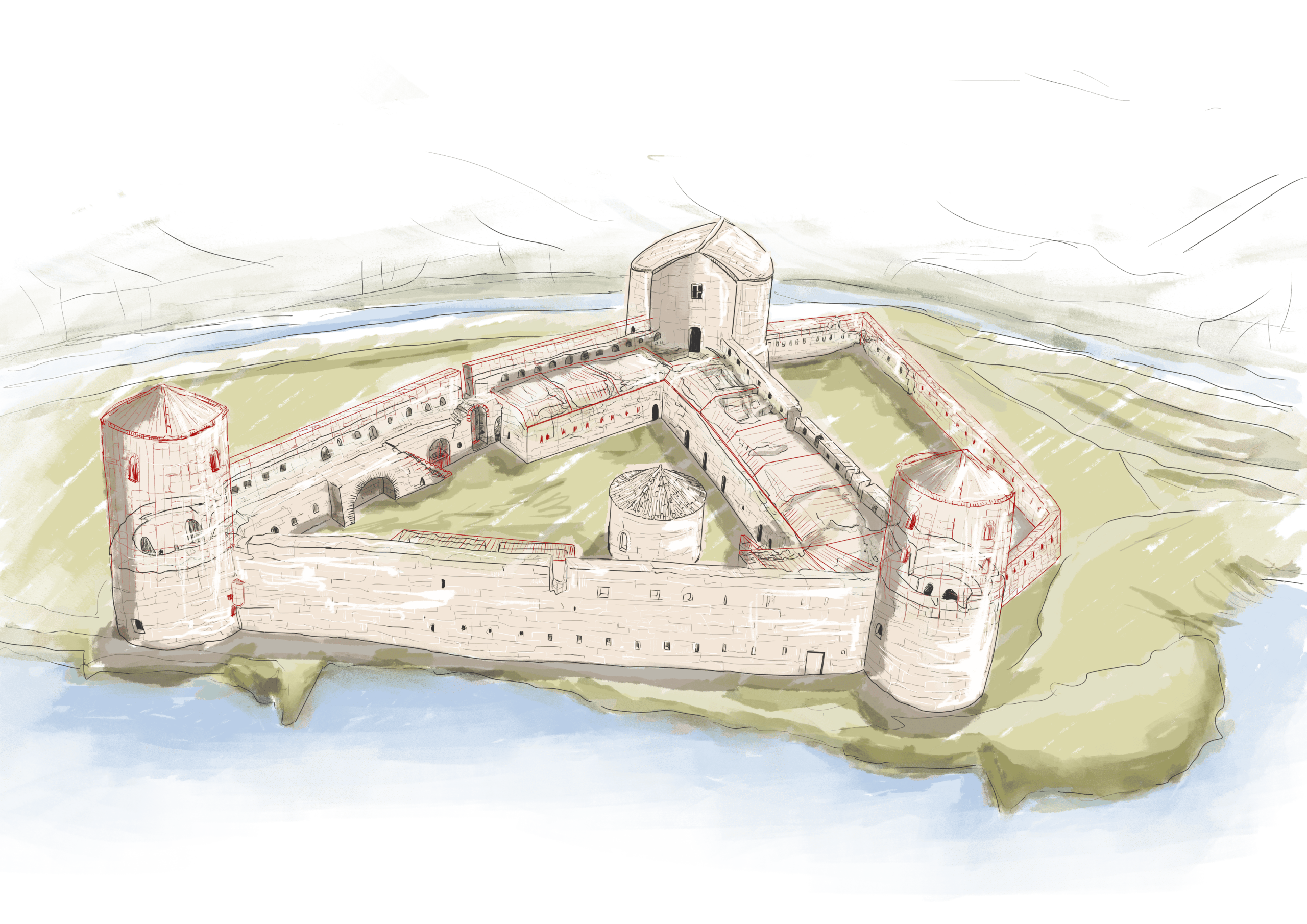🏰 Explore This Castle
Castle Details
The Castle of Himara is bordered by two canyons, that of Vishë to the northwest and the canyon or stream of Kole Midhari to the southeast. It is also known by the name Barbaka and is built on a rocky hill near the town of Himara. This settlement has 3,500 years of human presence, having functioned as an ancient town, a military fortress, and also as a residential center due to its position from which it controlled the coastal road from Orikum to Buthrotum (Butrint). The architectural ensemble of the Castle of Himara has been declared a cultural monument because it preserves traces from all historical periods until today. The large polygonal stone blocks are similar to the defensive walls of Phoenice, Butrint, and other cities of Chaonia from the same period, but we also find traces of construction from the Illyrian period, early and late antiquity, the medieval period, as well as traces of late urbanization.
In the Middle Ages, during the Byzantine era, there was a small but strong city-castle built on the ancient ruins of the fortress, which also functioned as an administrative and religious center for the entire south of Albania.
The castle has two entrance gates, one in the north and one in the south, which were closed at the end of the day. Inside the castle walls, the medieval town coexists with the ancient ruins and contemporary buildings. There are houses, warehouses, cisterns, a mill, shops, administrative and religious buildings, streets, squares, gates, etc.
Regarding religious monuments, notable is the Church of the Bishopric, located within the Hellenistic walls and believed to be built on the foundations of a temple dedicated to Apollo. The Church of Archangel Michael, one of the oldest churches inside the walls, is located to the north of the castle. The Church of Saint Mary on the eastern part and outside the walls dates to the 18th century, along with the Church of All Saints, which first operated in 1775.
Learn About This Castle
👑 Who?
The Castle of Himara was first inhabited by ancient Chaonians and Illyrians, later rebuilt and fortified during the Byzantine era, and served as an administrative and religious center with contributions from local communities who built churches, houses, and other structures over time.
👑
🏰 What?
The castle has two entrance gates, one in the north and one in the south, which were closed at the end of the day. Inside the castle walls, the medieval town coexists with the ancient ruins and contemporary buildings. There are houses, warehouses, cisterns, a mill, shops, administrative and religious buildings, streets, squares, gates, etc.
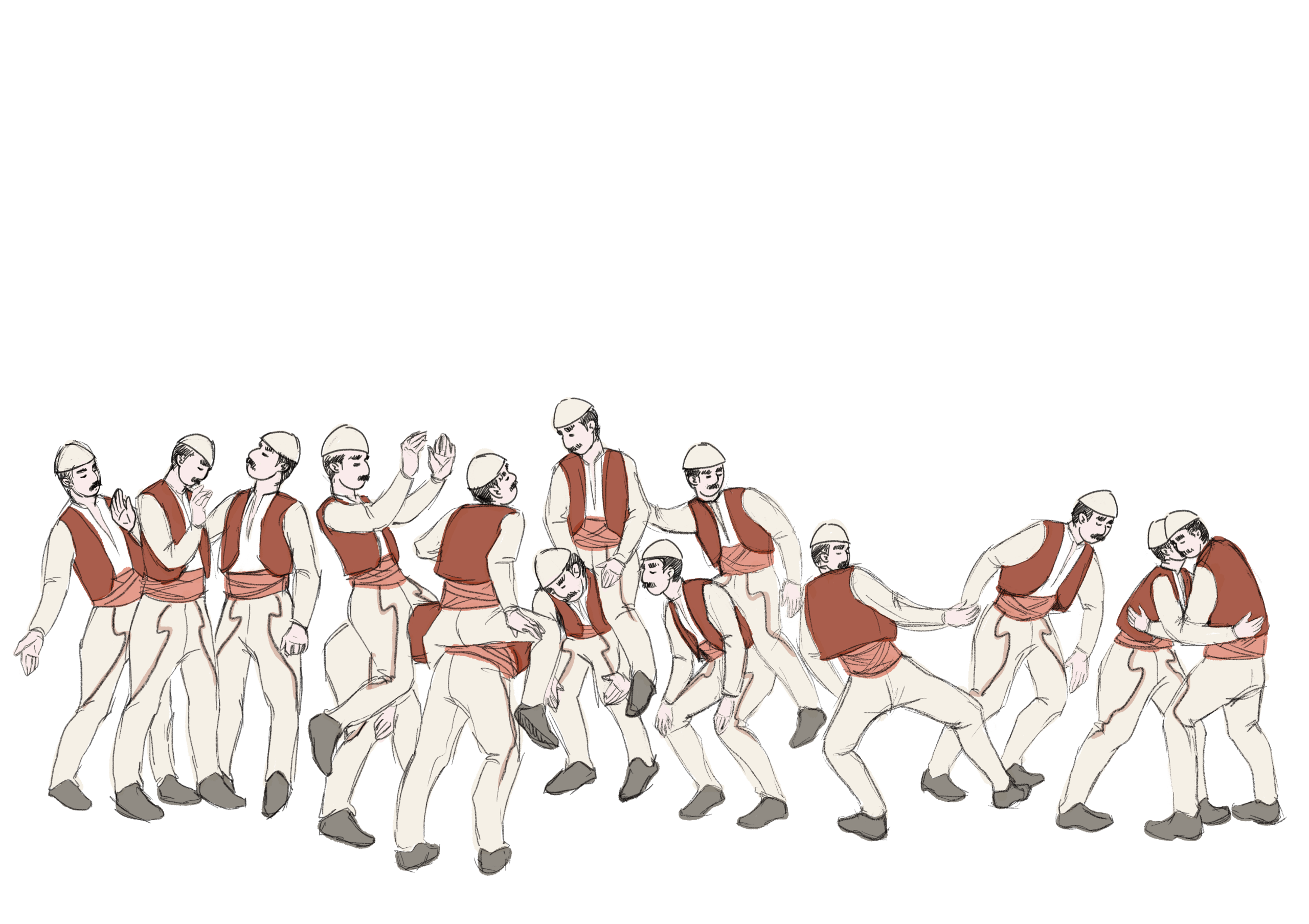
❓ Why?
The castle functioned as an ancient town, a military fortress, and also as a residential center due to its position from which it controlled the coastal road from Orikum to Buthrotum (Butrint). In the 7th century, the Castle of Himara became the center of the Bishopric of Himara, which proves that it was an important center on the Ionian coast. For this reason, the entire region, including the coast, Kurvelesh, the Vlora River, and Tepelena, was named Himara.
❓
🗺️ Where?
The Castle of Himara is bordered by two canyons, that of Vishë to the northwest and the canyon or stream of Kole Midhari to the southeast. It is also known by the name Barbaka and is built on a rocky hill near the town of Himara.

📅 When?
The Castle of Himara has 3,500 years of human presence. In the Middle Ages, during the Byzantine era, there was a small but strong city-fortress built on the ancient ruins of the castle, which also functioned as an administrative and religious center for the entire south of Albania.

Castle Gallery
